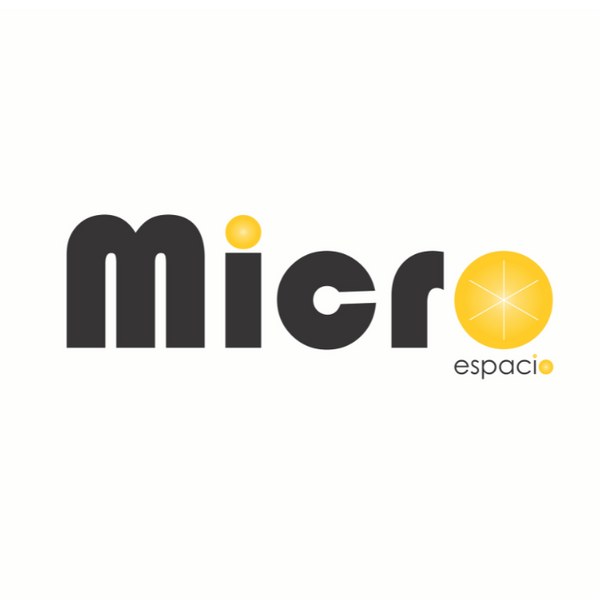Educating for the future with educational toys
Share
Educational Toys – The Key to Developing Future Skills Through Play
Introduction
In an increasingly changing world, anticipating what may happen is one of the best decisions we can make as mothers, fathers, or caregivers. Educating for the future isn't just a nice phrase; it's a real commitment.
Choosing toys that not only entertain, but also educate, inspire, and develop life skills is one of those decisions.
Why think about the future from childhood?
The world is changing fast, education must keep up
Today we talk about AI, sustainability, critical thinking... But what skills are our children developing?
Play as the basis for learning
Playing not only entertains, it also strengthens empathy, communication, and teamwork.

What are educational toys?
Simple definition
They are play tools that stimulate the child's physical, cognitive, emotional and social development.
Main features
- They arouse curiosity
- They encourage critical thinking
- They promote symbolic play
- They encourage autonomy
Examples
- Micro Blocks (STEM)
- Micro Haus (symbolic play)
- Micro blocks Logic and science games
Benefits of educational toys
Skill development
They strengthen key skills such as communication, decision-making, and emotional management.
Critical thinking and creativity
They promote the creation of new ideas and problem solving.
Autonomy and decision-making
They allow mistakes, testing and improvement.
How to choose the right toy
According to age
- 0-3 years: nesting toys, rattles
- 3-6 years: symbolic play
- 6-9 years: science kits, blocks
- 9-12 years: robotics, Micro Blocs
Safe materials
Opt for natural and sustainable materials.
Free exploration
Avoid toys with only one function. Look for ones that invite imagination.
Examples and featured brands
- Grimm's: Waldorf style
- LEGO Education: STEM kits
- Micro Space: toys without screens or batteries
You can also build cities, laboratories and worlds with your children using these toys.
FAQs
At what age is it recommended to start?
From birth, adapting each toy to the stage of development.
Are they better than traditional ones?
It's not about better or worse, but rather about objectives. Educational objectives offer a plus.
Do digital toys count too?
Some do, but they're always complemented by physical play. At Micro Espacio, we've created some game ideas you can make with AI that will need your help.
Conclusion
Educating for the future is a shared responsibility. And every small decision counts. Choosing toys with a purpose is a concrete way to promote a more free, conscious, and creative childhood.
At Micro Espacio, we believe that screen-free play is a powerful tool for emotional and cognitive development.
🌱 Want to discover our screen-free educational toys?
Designed to unleash the imagination, foster creativity, and support your children's emotional development.
Visit our store